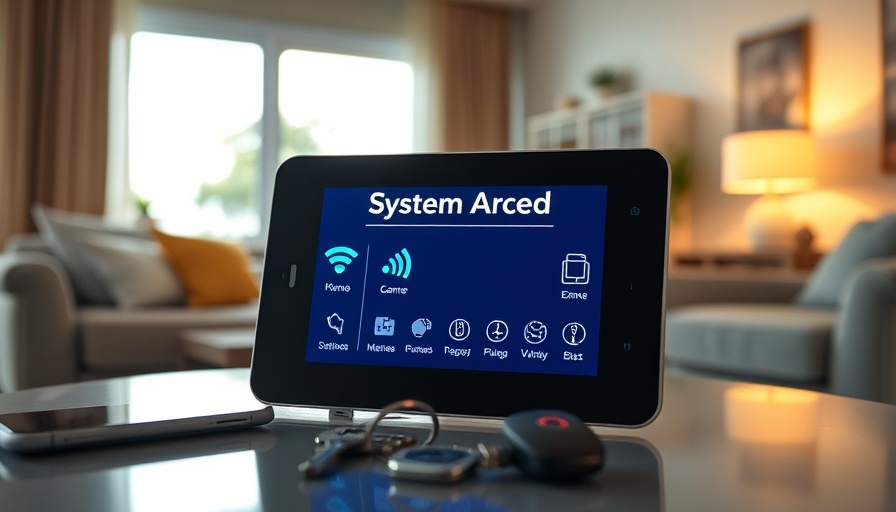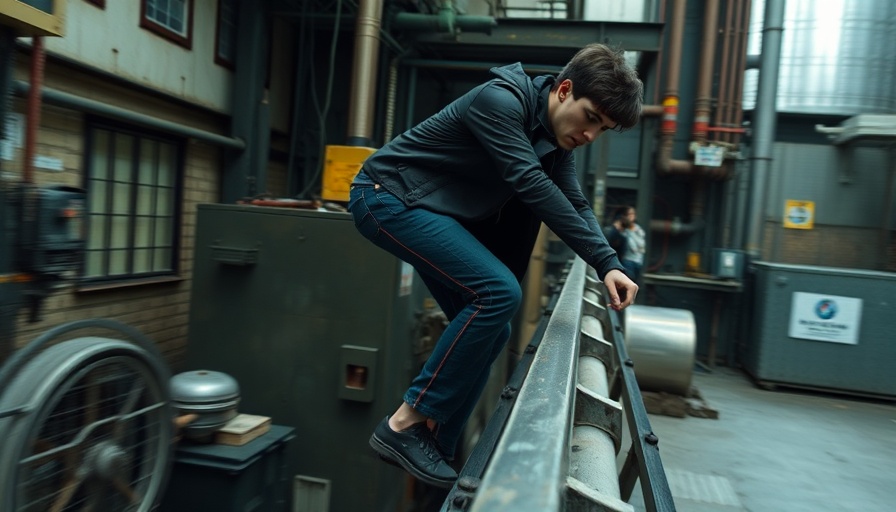
Smart Home Solutions: Innovation Meets Convenience
In today’s tech-savvy world, homeowners have more choices than ever when it comes to securing their homes. Smart home technology has revolutionized the way we manage home security. With the ability to control devices through smartphones or voice assistants, systems like smart locks, video doorbells, and security cameras offer convenience. They provide real-time alerts and allow homeowners to monitor their property from anywhere. However, while smart devices provide flexibility and comfort, they often lack the constant oversight that traditional security systems provide.
Understanding Traditional Security Systems
Unlike smart home solutions, traditional security systems are typically installed by professionals and offer 24/7 monitoring. This means that trained operators can react quickly to alarms, ensuring a prompt response in case of an emergency. These systems often include window sensors, motion detectors, and cameras but require upfront investments that can be steeper than smart setups. Yet, the peace of mind they offer is invaluable, with backup equipment designed to function even during power outages.
Cost Analysis: What Should You Expect?
When comparing costs, homeowners should consider both initial and ongoing expenses. Smart home setups may initially cost less, usually falling between $500 and $1,500, but can incur additional costs for cloud storage and software upgrades. Traditional security systems may have higher upfront fees but often come with consistent monthly monitoring fees ranging from $30 to $60. It’s crucial to evaluate which system aligns best with your budget and security needs. Over time, total ownership costs can reveal significant differences.
Assessing Effectiveness: Which is Safer?
The effectiveness of each system can vary significantly based on a homeowner's engagement. Smart home devices excel in alerting owners instantly; however, they depend on owners to act quickly when alarms sound. In contrast, traditional systems provide a layer of protection that includes professional oversight, ensuring that even if homeowners are unresponsive, help is on the way. Furthermore, ensuring that your network is secure is critical regardless of the system selected, highlighting the importance of cybersecurity.
Making the Right Choice for Your Home
Ultimately, the decision between smart home technology and a traditional security system hinges on individual preferences and needs. Each option has unique benefits that cater to different lifestyles. Homeowners should reflect on what makes them feel safest and examine all the features and costs associated with each option before making a decision. If value, reliability, and peace of mind are your top priorities, a professionally monitored traditional security system might be the answer. For those who crave convenience and flexibility, smart home solutions could be the key.
 Add Row
Add Row  Add
Add 




Write A Comment